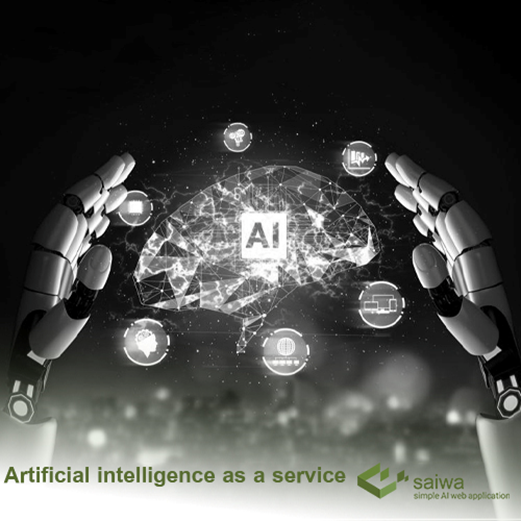Image deblurring online
Introduction
In the era of digital photography, capturing clear and sharp images is a common desire. However, due to various factors such as camera shake or motion blur, images can often appear blurry or out of focus. To address this issue, image deblurring online techniques have emerged as effective solutions for restoring clarity and sharpness to blurred images. With the advancement of technology, these techniques are now available online, enabling users to conveniently improve the quality of their photos with just a few clicks.
Understanding Image Blur
Before delving into image deblurring techniques, it is essential to understand what causes image blur in the first place. Camera shake occurs when the camera moves during exposure time, resulting in unintended motion blur. On the other hand, object movement can cause motion blur if there is relative motion between objects within an image during capture.
Traditional Deblurring Techniques
Traditional methods for deblurring images often involve complex algorithms that attempt to estimate and reverse the blurring process mathematically. These methods rely on assumptions about how light propagates through space and how cameras function.
Blind Deconvolution
Blind deconvolution is one approach commonly used for recovering sharp images from blurred ones without any prior knowledge about the point spread function (PSF). It involves estimating both the PSF and original image simultaneously using optimization algorithms like maximum likelihood estimation or Bayesian inference.
Non-Blind Deconvolution
Unlike blind deconvolution, non-blind deconvolution assumes prior knowledge about either the PSF or some characteristics of it. This information helps in accurately estimating both PSF and original image by utilizing constraints derived from known properties.
Image deblurring online Tools: Convenience at Your Fingertips
With rapid advancements in cloud computing and web technologies, various online platforms now offer user-friendly tools for performing real-time image deblurring. These platforms provide easy-to-use interfaces that allow users to upload their blurred images and apply deblurring algorithms with a single click.
Features and Functionality
Image deblurring online tools offer a range of features to enhance the user experience and achieve optimal results. Some common functionalities include:
Image Upload: Users can easily upload their blurred images from local storage or directly import them from social media platforms.
Automated Deblurring: Image deblurring online tools applies sophisticated deblurring algorithms automatically, removing the need for manual intervention.
Parameter Adjustments: Advanced options are often available for controlling various aspects of the deblurring process, allowing users to fine-tune the output according to their preferences.
Real-Time Preview: Many Image deblurring online tools provide a real-time preview of the deblur effect before applying it permanently, enabling users to make informed decisions.
Algorithmic Backend
The backend of these online platforms typically utilizes powerful computational resources capable of running complex image processing algorithms efficiently in real-time. State-of-the-art machine learning techniques may also be employed, leveraging large datasets for training deep neural networks specifically designed for image restoration tasks like deblurring.
Limitations and Considerations
While Image deblurring online tools have made significant strides in restoring clarity and sharpness to blurry images, there are certain limitations that should be acknowledged:
Processing Time: Depending on server load and complexity of the algorithm used, processing time may vary substantially.
Input Quality Constraints: The effectiveness of these tools heavily depends on the quality and extent of blurriness present in an input image; severe blur might yield less satisfactory results.
Complex Scenes: Images containing complex scenes or multiple moving objects can pose challenges as accurately estimating motion patterns becomes more difficult.
Challenges in Image Deblurring
Understanding the various challenges faced by image deblurring techniques can shed light on the complexities involved in restoring clarity and sharpness.
Evaluating Deblurring Results
Assessing the effectiveness of different deblurring algorithms is crucial for determining their performance and comparing them against one another. Various evaluation metrics can be used to measure the quality of deblurred images objectively.
Applications of Image Deblurring
Image deblurring has numerous practical applications, ranging from improving personal photographs to enhancing medical imaging or surveillance footage. Exploring these applications helps us grasp the wide-ranging impact of this technology.
Advancements in Deep Learning-Based Deblur Models
Deep learning has revolutionized many fields, including image processing. Examining recent advancements in deep learning-based models specifically designed for image deblur tasks can provide insights into cutting-edge approaches.
Addressing Optical Aberrations through Deconvolution Techniques
Optical aberrations often lead to blurred images. Understanding how specific deconvolution techniques address these aberrations helps improve our understanding of advanced strategies used in image restoration.
Saiwa
Image inpainting is the process of filling regions of interest in images for generating a complete image from either a damaged, a deteriorating image or after removing an unwanted object. Recently deep neural networks have shown promising results for this challenging image processing task. Here, in saiwa we propose a two-staged generative deep image inpainting method called DeepFill v2. This method is capable of filling large and multiple areas of image without usual boundary artifacts, distorted structures and blurry textures inconsistent with surrounding areas that we observe in other deep networks. If you are interested for more technical information and the details of how DeepFill v2 works, please read the corresponding white paper.
Conclusion
In conclusion, image deblurring techniques have revolutionized how we restore clarity and sharpness to blurry images. Online platforms have made these techniques accessible to a wider audience, enabling users to conveniently improve the quality of their photos without requiring extensive technical expertise. As technology continues to advance, we can expect further enhancements and refinements in Image deblurring online, ultimately providing users with even more impressive results.





Comments
Post a Comment